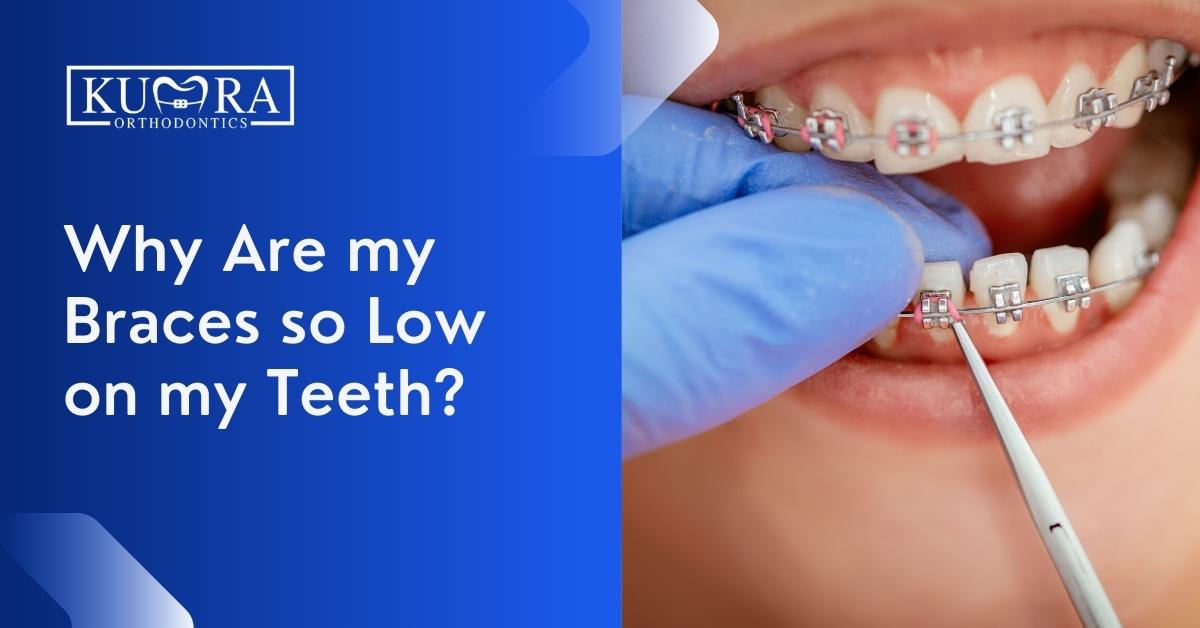Comprehensive Guide to Orthodontics Procedures for Remedying Oral Imbalances
Comprehending the complexities of each procedure, including their devices, advantages, and potential downsides, is critical in making educated decisions about one's orthodontic therapy. As we navigate through the thorough overview to orthodontic procedures for correcting oral imbalances, the elaborate details of each technique will unravel, dropping light on the path toward a harmonious and useful oral positioning.
Orthodontic Procedures Introduction

In enhancement to clear aligners and conventional dental braces, orthodontists may likewise recommend other interventions like headwear, palatal expanders, or retainers to address certain placement problems (braces). These treatments are tailored to every person's unique requirements and might entail a mix of treatments to accomplish the wanted results. Regular modifications and tracking are crucial parts of orthodontic treatment to make certain progress is on track and to make any type of needed alterations along the road. By going through orthodontic treatments, people can not just attain a straighter grin yet also enhance their overall oral health and function.
Typical Dental Braces: How They Work
When taking into consideration orthodontic treatments for oral imbalances, conventional braces stand out as a reliable method for dealing with teeth positioning. Conventional dental braces are composed of brackets, wires, and bands that function with each other to use constant stress on the teeth, gradually moving them into the preferred placement.
As stress is applied to the teeth with the braces, the bone bordering the teeth is improved to sustain the new tooth settings. Individuals will certainly need routine modifications at the orthodontist's office to guarantee the braces continue to apply the correct stress for reliable teeth activity.
Unnoticeable Aligners: Pros and Cons
Unnoticeable aligners use a convenient and discreet alternative to traditional dental braces for correcting oral imbalances. These clear, tailor-made trays are essentially unnoticeable when put on, making them an enticing alternative for individuals seeking an extra visually pleasing orthodontic treatment. Among the main advantages of unseen aligners is their removability, enabling simpler upkeep of oral health contrasted to typical braces. Patients can eliminate the aligners before consuming or brushing their teeth, lowering the threat of food obtaining stuck in the device and simplifying the cleansing process.

Surgical Orthodontic Options
Surgical interventions in orthodontics existing sensible alternatives for addressing intricate oral imbalances that might not be successfully solved with traditional orthodontic treatments. While traditional dental braces and unseen aligners can deal with lots of orthodontic problems, certain instances need surgical treatment to achieve ideal results. Surgical orthodontic options are typically advised for serious malocclusions, significant jaw disparities, and instances where the underlying bone structure requires adjustment to achieve correct positioning.
One common medical orthodontic treatment is orthognathic surgical treatment, which involves rearranging the jaws to fix functional issues such as trouble chewing or speaking. This surgical procedure is typically performed in cooperation with an orthodontist who assists straighten the teeth before and after the treatment. Surgical orthodontics may likewise involve procedures to reveal impacted teeth, get rid of excess gum tissue, or improve the jawbone to develop a more unified face profile.
Prior to considering surgical orthodontic choices, clients undertake an extensive analysis to determine the requirement and potential benefits of such treatments. cumming orthodontics. While surgery may appear complicated, it can significantly enhance both the feature and visual appeals of the smile in cases where conventional orthodontic therapies fail
Retainers and Post-Treatment Care

Post-treatment care includes complying with the orthodontist's guidelines diligently. This may include proper oral hygiene practices, participating in follow-up appointments, and wearing the retainers as prescribed. Failure to follow post-treatment care instructions can result in relapse, where the teeth gradually return towards their original positions. Consistent retainer wear, good dental health, and routine dental exams are essential for keeping the results achieved through orthodontic surgery and guaranteeing the long-term security of the dealt with oral positioning.
Conclusion
To conclude, orthodontic treatments provide various alternatives for remedying dental imbalances. Conventional braces use steel brackets and cables to shift teeth right into appropriate alignment. Unseen aligners supply a more very discreet option yet might not appropriate for all instances. Surgical orthodontic options are readily available for much you could try this out more extreme imbalances. Retainers are frequently used post-treatment to keep the her latest blog new positioning. Overall, orthodontic treatments can effectively enhance oral health and wellness and aesthetic look.
As we browse through the detailed overview to orthodontic treatments for correcting dental imbalances, the intricate information of each approach will certainly unfold, shedding light on the path toward a functional and harmonious oral alignment. - cumming braces
One of the most common orthodontic treatments is the use of dental implant procedure braces, which consist of metal brackets and cables that use gentle stress to progressively shift teeth into the preferred setting.When taking into consideration orthodontic therapies for dental misalignments, traditional braces stand out as a time-tested method for fixing teeth positioning. Furthermore, unseen aligners may not be suitable for complex orthodontic issues that call for more substantial teeth activity, as they are generally recommended for moderate to moderate cases. Retainers are customized orthodontic gadgets developed to hold teeth in their fixed positions after the conclusion of orthodontic treatment.